Lady Elliot Island is one of those rare gems that exist through the serendipitous combination of location, location and human intervention.
Location is primarily important in Lady Elliot’s position as the southernmost island of the Great Barrier Reef, easily accessible from the mainland just 80 km away, yet far enough away not to be influenced by urban run-off, or stingers.
Location is doubly important as LEI is just 10 km from the edge of the continental shelf and the East Australian Current. This means that LEI is visited frequently by pelagic creatures such as manta rays, is very close to the path of migrating whales and provides nesting grounds for the green and loggerhead turtles.
And finally human intervention? Lady Elliot Island sits within the Green (no take) Zone of the Great Barrier Reef Marine Park, which is why the corals are in perfect condition and over 1,000 marine species can be found in the waters around the island. The snorkelling and diving is just about as good as it gets.
The fact that the resort is exceptionally well managed, and is accredited with Advanced Eco status means it’s likely to stay that way too.
So now that you’ve added it to your scuba diving bucket list – it’s just a matter of deciding the best time to go!
As you can imagine the diving is great all year round, with the best visibility from May to July when you can expect 30+ metres. (It’s a miserly 20+ metres the rest of the year). Though it’s possible to encounter manta rays at any time of the year, May to July is also best time to see these magnificent creatures.
The other divers’ favourite, turtles, are also here year-round, and it’s unlikely you’ll finish a dive, or even a snorkel without encountering an inquisitive turtle.
If you want to see turtles hauling themselves up the beaches and laying their eggs, you’ll need to wait until nesting season in November, and January to February is the best time to come if you want to watch hatchlings scamper down the beach to their ocean home.
Starting in June you can watch the whales migrating north and few months later they pass through again, on their way to the cooler southern waters with their new born calves.
The whales are best observed from the boat, and though you’re unlikely to see a whale on your dive (although some divers have been that lucky!), you’ll often hear whale song while diving.
Bottom line: there’s no wrong time to go to Lady Elliot Island, but if you want the best vis, the best chance of encountering a manta – and whale song with that – now is a good time to start thinking about booking a trip.
If you enjoying reading this post, you might also like: The Great Barrier Reef Sleep-over.

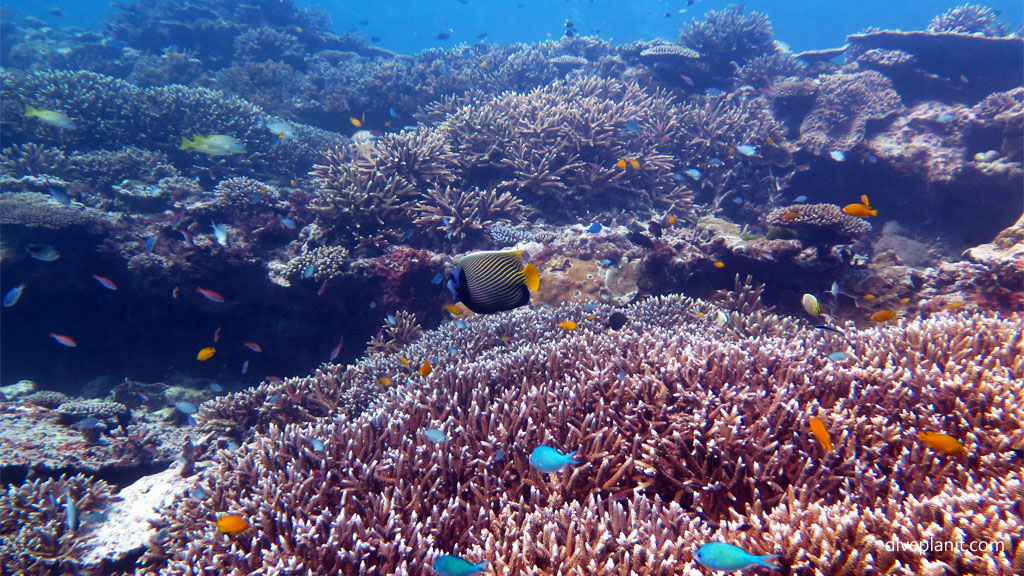
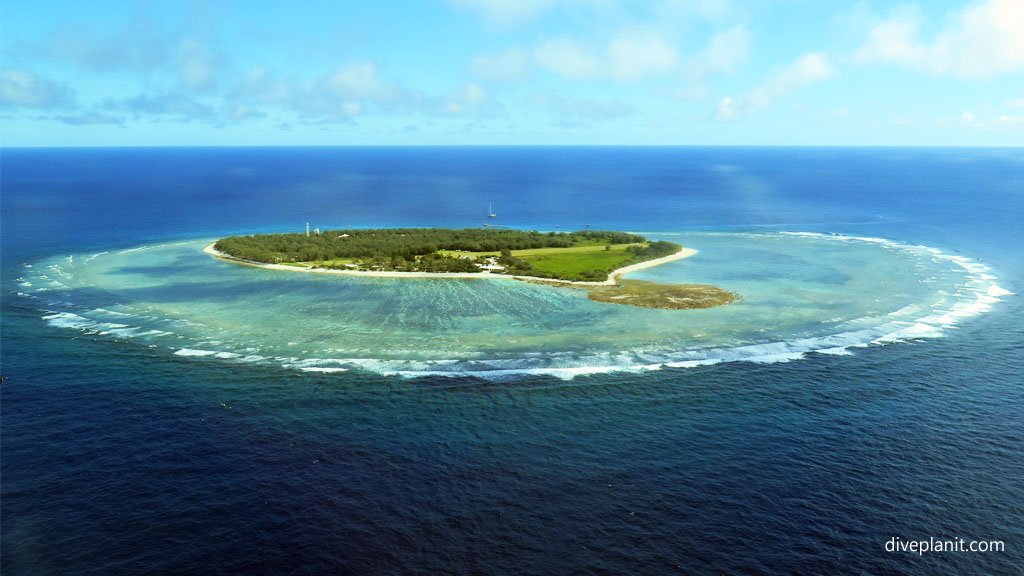
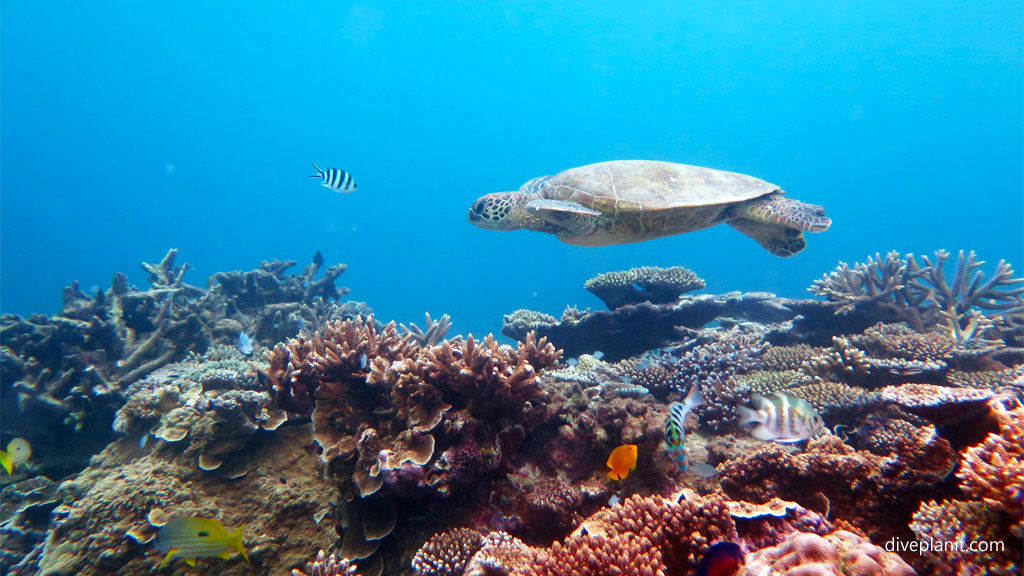
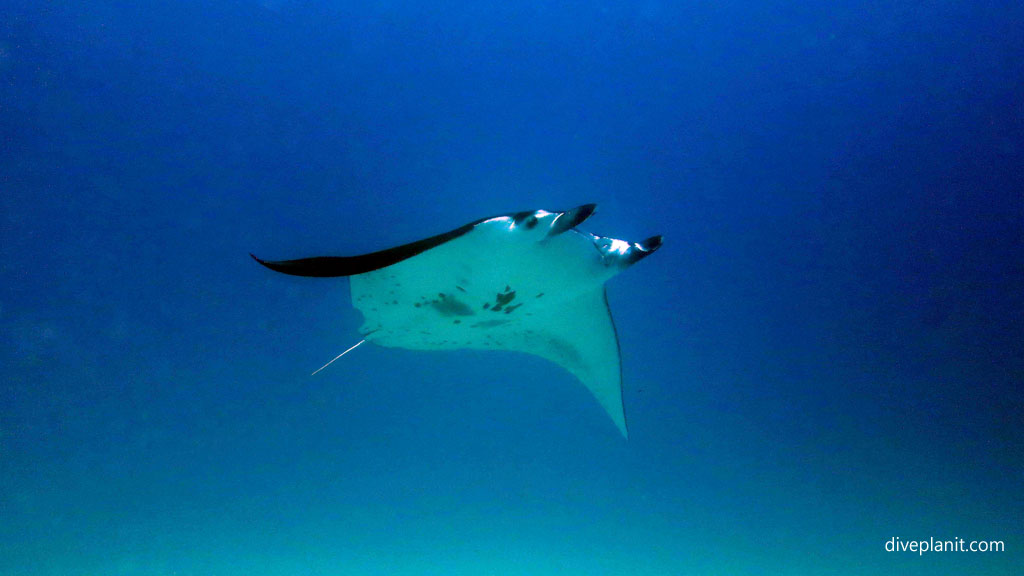
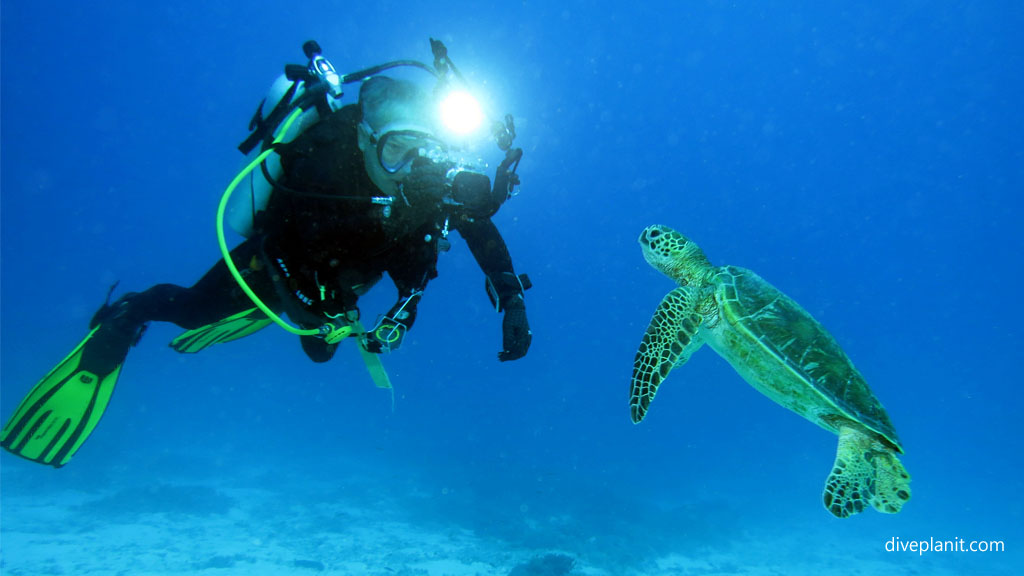
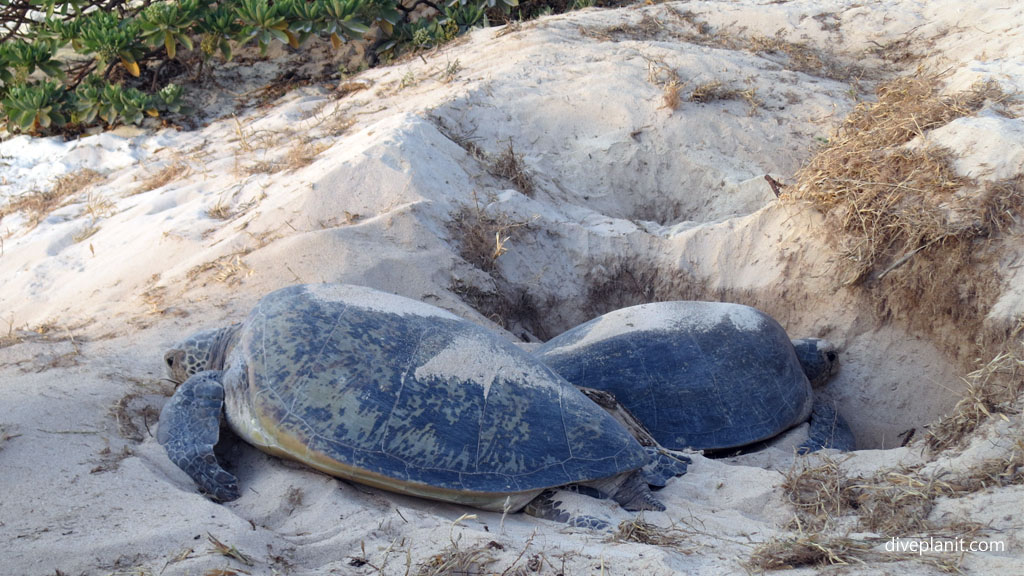
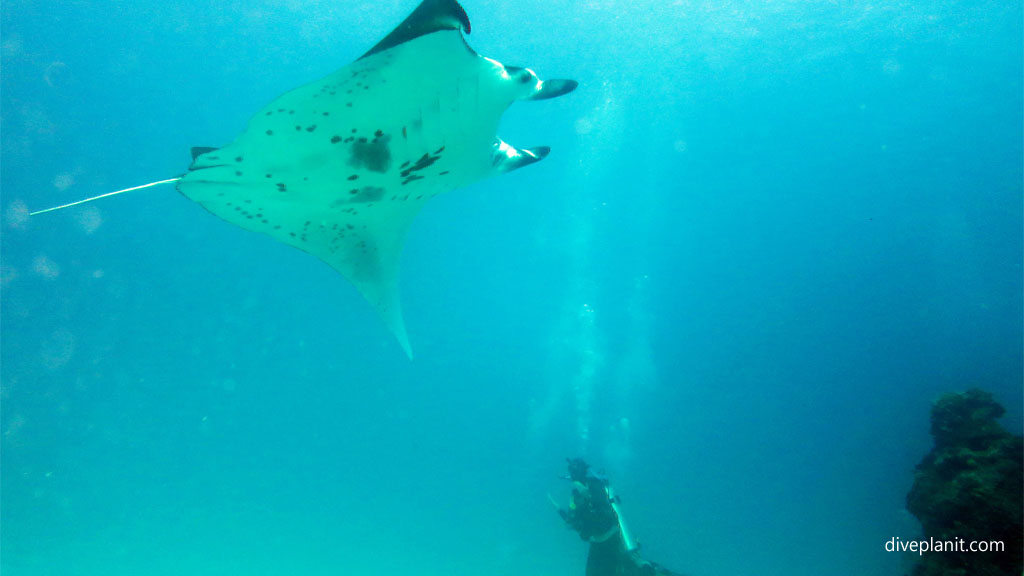



I would so love to visit! Sounds great for all ages of kids too, and good for snorkellers too.